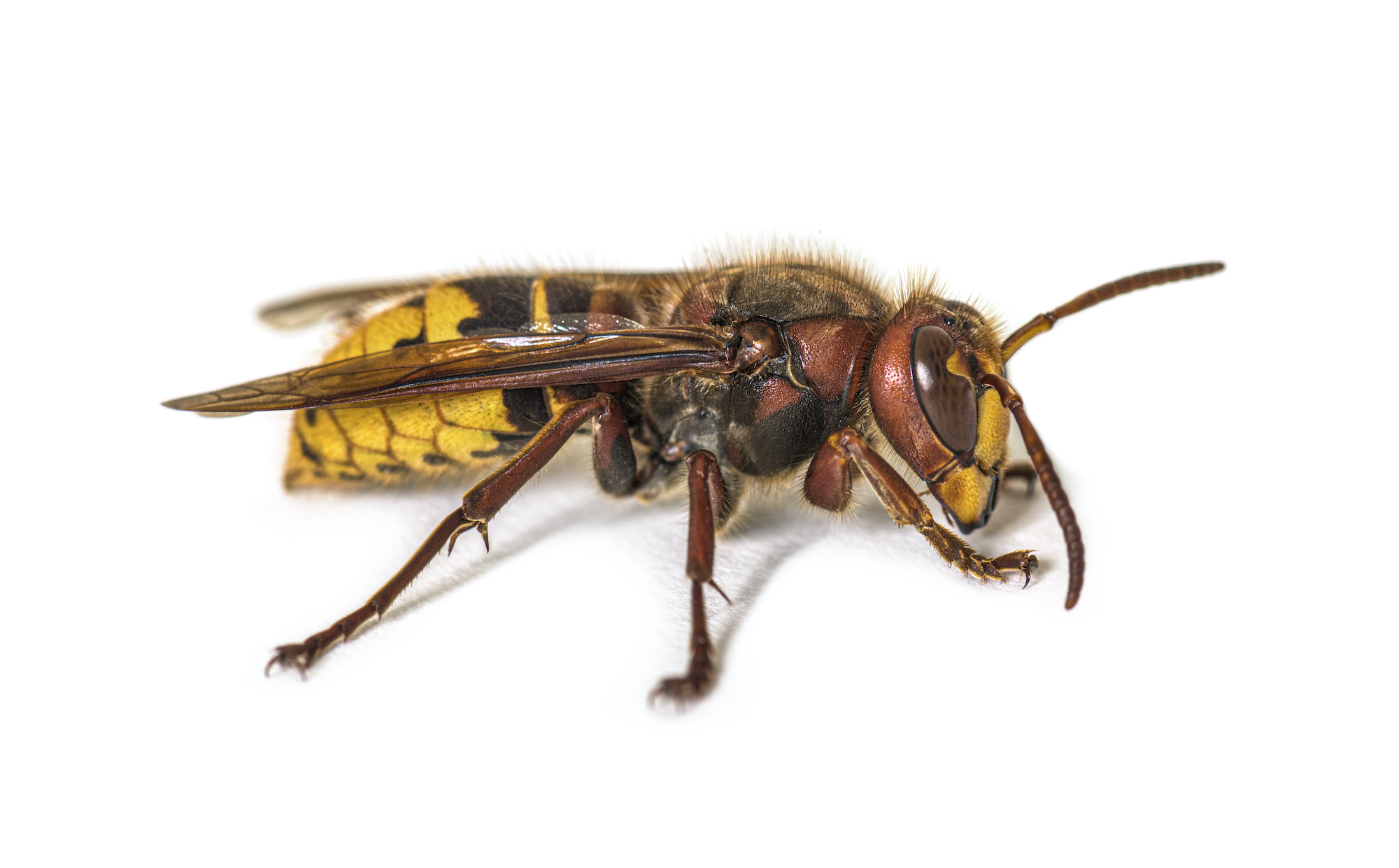hornet
live better.
live pest free.
hornet control
Hornets are the largest “eusocial wasps” and some can be over two inches (5.5 cm) in length!
While it’s more common to see paper wasps and yellow jackets around your home, hornets are fairly common as well.
“True hornets” make up the Vespa genus and are differentiated from other vespines because they have a much larger “vertex,” which is the part of the head behind the eyes. True hornets also have a rounded abdomen behind their waist.
bald-faced hornets are not true hornets.
The bald-faced hornet is a feisty pest and the most common “hornet.” However, the bald-faced hornet is not technically a hornet; it is a wasp sometimes referred to as an “aerial yellow jacket.”
It is common for larger wasps to be erroneously referred to as hornets. The misnomer is prevalent because of their tendency to make aerial nests (which is common with true hornets) as opposed to subterranean nests.
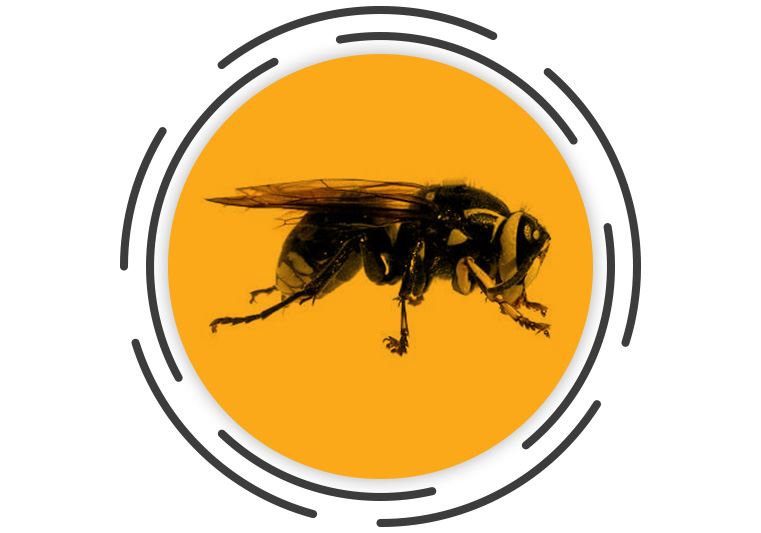
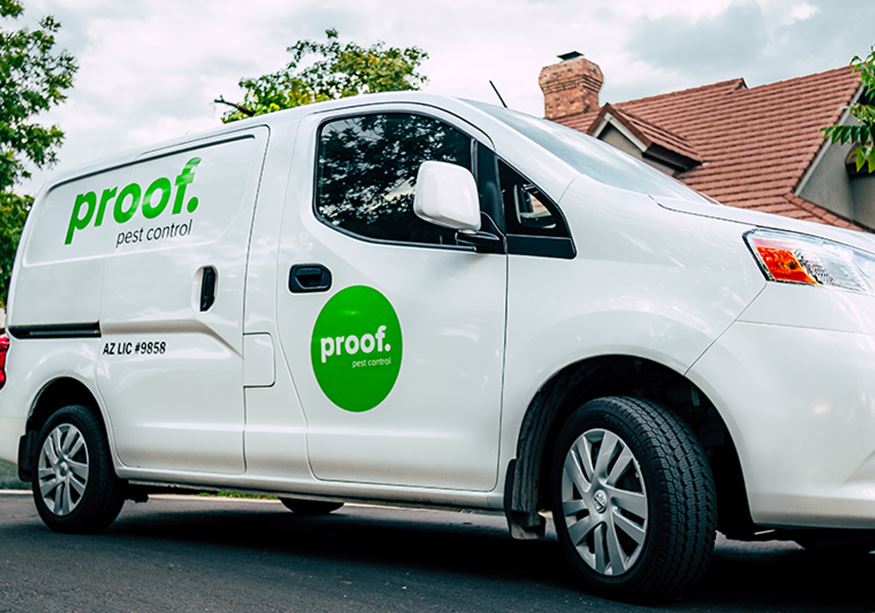
appearance
The bald-faced hornet has a black and ivory appearance coloration. It is referred to as “bald-faced” not because of a lack of hair but because its face is white (think bald eagle).
Bald-faced hornets have stout bodies and their white and black bands and markings do not vary significantly between the sexes. At between 12-15 mm, worker bald-faced hornets are noticeably smaller than the queen (18-20 mm).
behavior
Hornets are social insects. As such, they are capable of summoning an entire-nest attack in defense of their home! They are able to do so because of attack pheromones that vary from one type of hornet to another. In fact, a hornet killed near its nest can release pheromones upon its death.
Bald-faced hornets are extremely aggressive. Unlike bees that can only sting once before dying, bald-faced hornets will sting their victim repeatedly. This is especially true if they feel their nest is being threatened.
all the proof. you need
top rated in all our service areas
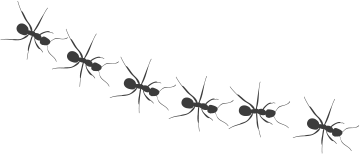
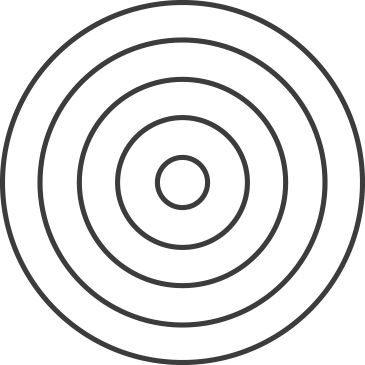
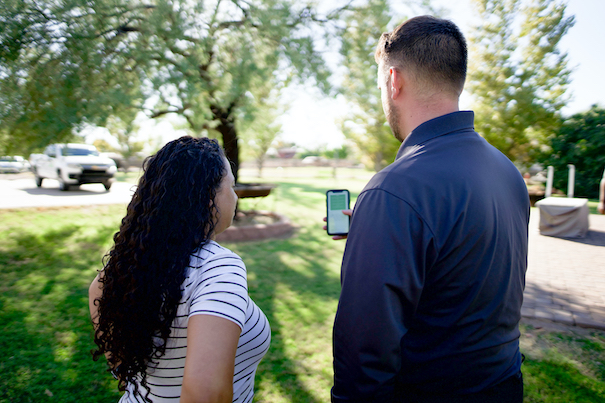
diet
While unquestionably aggressive, bald-faced hornets (and hornets in general) are considered by some to be beneficial insects, not just a pest:
- Bald-faced hornets prey on many common pest insects like flies and wasps.
- Because of their large size and the potency of their venom, hornets can also kill larger pest insects such as grasshoppers, locusts and mantises. The adult bald-faced hornet will chew the victim/insect into a pulp and feed them to larvae developing in the nest.
- Bald-faced hornets also eat nectar and sugar-rich plants. In the process of doing so, they help pollinate many kinds of plants. Bald-faced hornets can be seen eating sap from oak trees, rotted fruit, and other sugar-laced sources. Hornets are known to immerse their entire bodies into fruit. Unwary fruit-pickers have to be careful not to disturb a feeding hornet!
habitat
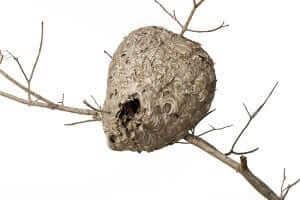
It is common to see the large, inverted teardrop-shaped nests of bald-faced hornets perched in trees in residential neighborhoods. Some say these grey, papery nests resemble a football.
While they are more likely to be found in trees, bald-faced hornet nests can also be found on the sides of structures and in shrubs as well.
In general, active bald-faced hornet nests contain between 100-400 hornets.
what proof. professionals do to get rid of hornets
Our popular Pest Free Guarantee™ seasonal service covers hornets and all other stinging insects. This plan includes seasonal visits for total year round protection. If you see a wasp or hornet nest on your property at any time throughout the year, just give proof. pest control a call and we’ll come take care of it for free!


